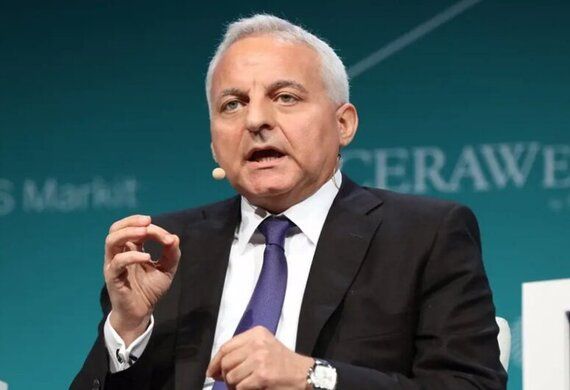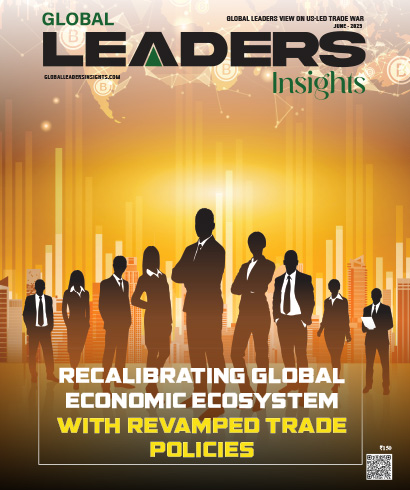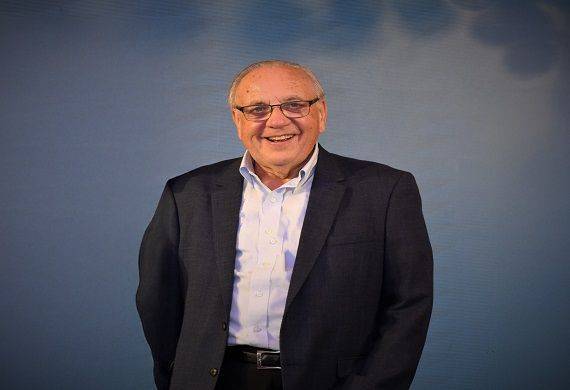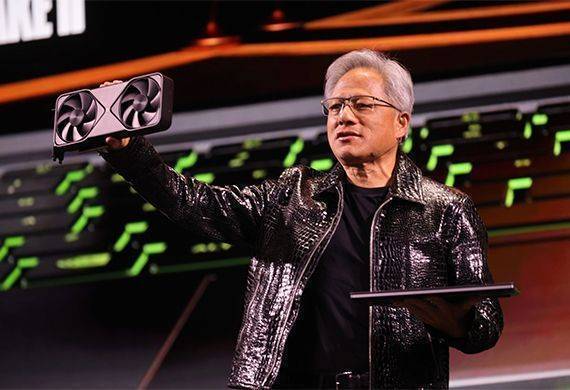Rolls-Royce CEO Implements '4 Pillar' Plan with Bold Leadership Moves
By Global Leaders Insights Team | Mar 26, 2025

Just two years ago, Tufan Erginbilgiç, then-CEO of Rolls-Royce, issued a dire warning to the engine maker's employees, describing the company as a "burning platform" with a "last chance" at survival, lamenting its track record of destroying value with each of its investments.
With that in mind, Rolls-Royce's recent turnaround—including a 500% share price increase and meeting profit targets two years ahead of schedule—is nothing short of amazing.
But Erginbilgiç, a former BP executive who does not consider himself ruthless, took a relatively simple approach to instilling a successful turnaround at a company that has added more than $70 billion to its market value in the last two years.
Despite this, when Erginbilgiç joined Rolls-Royce, the company was nearing the bottom of its market valuation, hampered by declining air travel during the COVID-19 pandemic and costly contracts with loss-makers. Rolls-Royce's turnaround can be attributed to a rebound in travel demand across the industry and some astute contract negotiations.
In the background, however, are the results of an ambitious plan involving all of Rolls-Royce's 42,000 employees.
Rolls-Royce CEO's Four Pillars
In an interview, a victorious Erginbilgiç explained how he used "four pillars" to encourage widespread change throughout his organization.
The first pillar involved demonstrating to employees the extent of the company's difficulties, as exemplified by Erginbilgiç's "burning platform" comments, which both shocked and focused his employees.
Tougher stances were to come. Erginbilgiç oversaw the layoff of 2,500 employees in 2023, the majority of whom were in middle management positions. At the same time, Erginbilgiç hosted workshops for 500 employees to encourage brainstorming and the implementation of the best ideas.
Erginbilgiç's third pillar required the company to establish clear performance objectives. The company now has 17 objectives, including increasing the amount of time its engines spend on a plane's wing rather than losing money in the repair shop. The fourth pillar of the turnaround sought to ensure that Rolls-Royce's targets were pursued with "pace and intensity."
"If you don't have a strategy that can cascade down to 42,000 people, it won't get delivered," Erginbilgiç stated.
Bosses are increasingly turning to management practices that allow them to convey their message directly to as many employees as possible. In some cases, this is motivated by urgency, while in others it is by technological advancement.
Last year, Sanofi CEO Paul Hudson told Fortune how he used the "Fight Club" approach to encourage employees to start using the company's AI agent. Hudson began by gathering a small group of people in a room to use the tool before allowing word of mouth to spread the technology.
Meanwhile, Bayer, a similarly struggling European conglomerate, implemented a personnel shakeup to combat investor skepticism.
Bill Anderson, Bayer's CEO, laid off over 5,000 employees, the majority of whom were in managerial positions, and instructed them to self-organize and work in 90-day "sprints" in self-directed teams. Anderson reported that attrition at Bayer had decreased a year after the company launched its anti-bureaucracy campaigns


.jpg)

